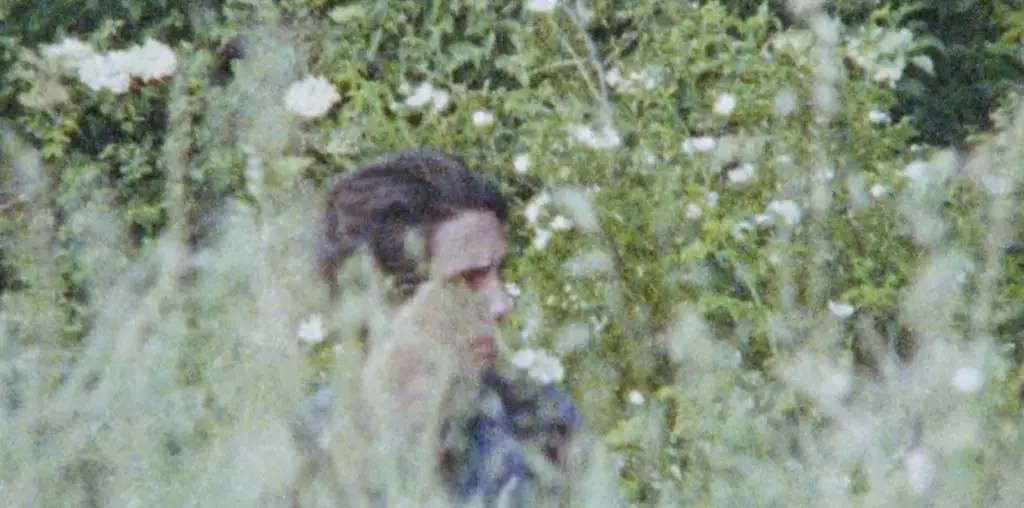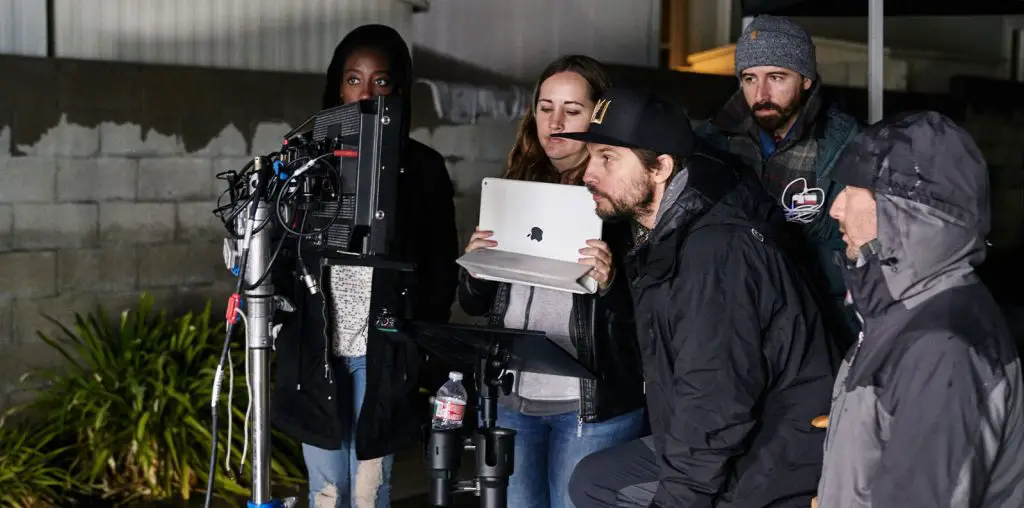
The problem with “visionary” directors is that, in their zeal to fill the eyes with wonder at all times, they sometimes leave so many other elements lacking – little things like dialogue, acting, emotional truth. Such is often the case with Baz Luhrmann’s millennial musical Moulin Rouge. Somehow, though, the whole unwieldy contraption ends up proving as durable as its star-crossed young lovers story.
Luhrmann’s supreme confidence in his vision is evident from the film’s opening seconds. As did Tim Burton in “Batman,” David Fincher in “Alien³” and Mr. McG in Charlie’s Angels, Luhrmann begins by playing with the studio trademark. A red curtain parts, revealing the Fox logo – it’s very 20th Century – as Alfred Newman’s fanfare is conducted by some tuxedoed spastic. Right away, you’re congratulating Luhrmann for his audacity, but also wondering if the whole production is going to be in this cheeky spirit.
With some notable exceptions, it is. But it’s worth your while to be patient.
For the first half-hour or so of Moulin Rouge, Luhrmann is acutely overconfident. And, for all the sensory blandishments, it’s not exactly a pretty sight. One might say that Luhrmann is intoxicated by his own filmmaking powers; one might also say that an evening spent with a loudmouthed drunk who laughs at his own jokes can be tiresome. Moulin Rouge is the rare film that ends up working almost in spite of its director.
After eloquently introducing the lovelorn character/narrator Christian (Ewan McGregor) as he pines away for his lost love, Luhrmann blasts us a year into the past, over a sumptuous pop-up book vista of Montmartre and into the fabled Moulin Rouge nightclub circa 1899. (The film’s digitized/miniaturized settings of fin de siècle Paris are miraculous, but the movie rarely pauses long enough to appreciate them.)
The film’s vaunted use of late-20th Century pop music kicks in almost instantly, a pounding techno assault. It plays well enough. What’s bothersome is the dismaying sight of the great Jim Broadbent (Mike Leigh’s “Life is Sweet,” “Secrets & Lies,” Topsy Turvy) as Zidler, the club’s manic impresario. Broadbent is plastered in makeup and mugs up a storm. The whole setup of the Moulin Rouge is an endless barrage of swirling skirts and kicking legs, but the image of Broadbent’s leering mug is not easily forgotten, and not for lack of trying. An actor this great deserves better.
Finally Luhrmann decides the scene has been well and truly set, so he re-introduces us to a younger, inexperienced Christian, a fresh-faced writer new to Paris. Soon enough Christian is noisily thrown in with a gang of rambunctious bohemians who regale him with plans to stage a show called “Spectacular Spectacular” – so spectacular, one presumes, they named it twice. These freaks have a ringleader in the person of Toulouse-Lautrec, the real Moulin Rouge‘s most famous denizen. (As the wee Lautrec, John Leguizamo does little but slurp absinthe and lisp annoyingly, often at the same time. Sometimes he dons a paint-spattered smock, but is never once seen painting. Generally speaking, he’s no José Ferrer.)
Moulin Rouge does get much better… but first it gets worse. The relentless, strenuous slapstick that ensues is frankly horrific to behold, Felliniesque in the worst sense of the word. Luhrmann directs these scenes like Fellini on crack and crank, mercilessly calling attention to his own cleverness, insistent that the audience is aware of his string-pulling at all times.
In other words, if you go to see Moulin Rouge for the romance, you’re going to have to sit tight. Luhrmann seems desperate to toss in a few cartoonish laffs before the tragic love story gets going. The trickster in him, however, seems to be daring you to simply walk out.
Then something genuinely amusing does occur, though: Lautrec persuades Christian to quaff a glass of his beloved absinthe. The Green Fairy herself magically materializes, embodied by Aussie pixie Kylie Minogue and voiced by – according to the credits – none other than Ozzy Osbourne. The only possible response is Yeah! Suddenly, Moulin Rouge has become what Luhrmann may have intended all along: the most luscious ad for absinthe ever filmed. If this film catches on, an underground boho scene soaked in the illicit green stuff will surely flourish.
Get the whole story and read PART TWO of SHOULD WE GET TO THE “MOULIN ROUGE”>>>

